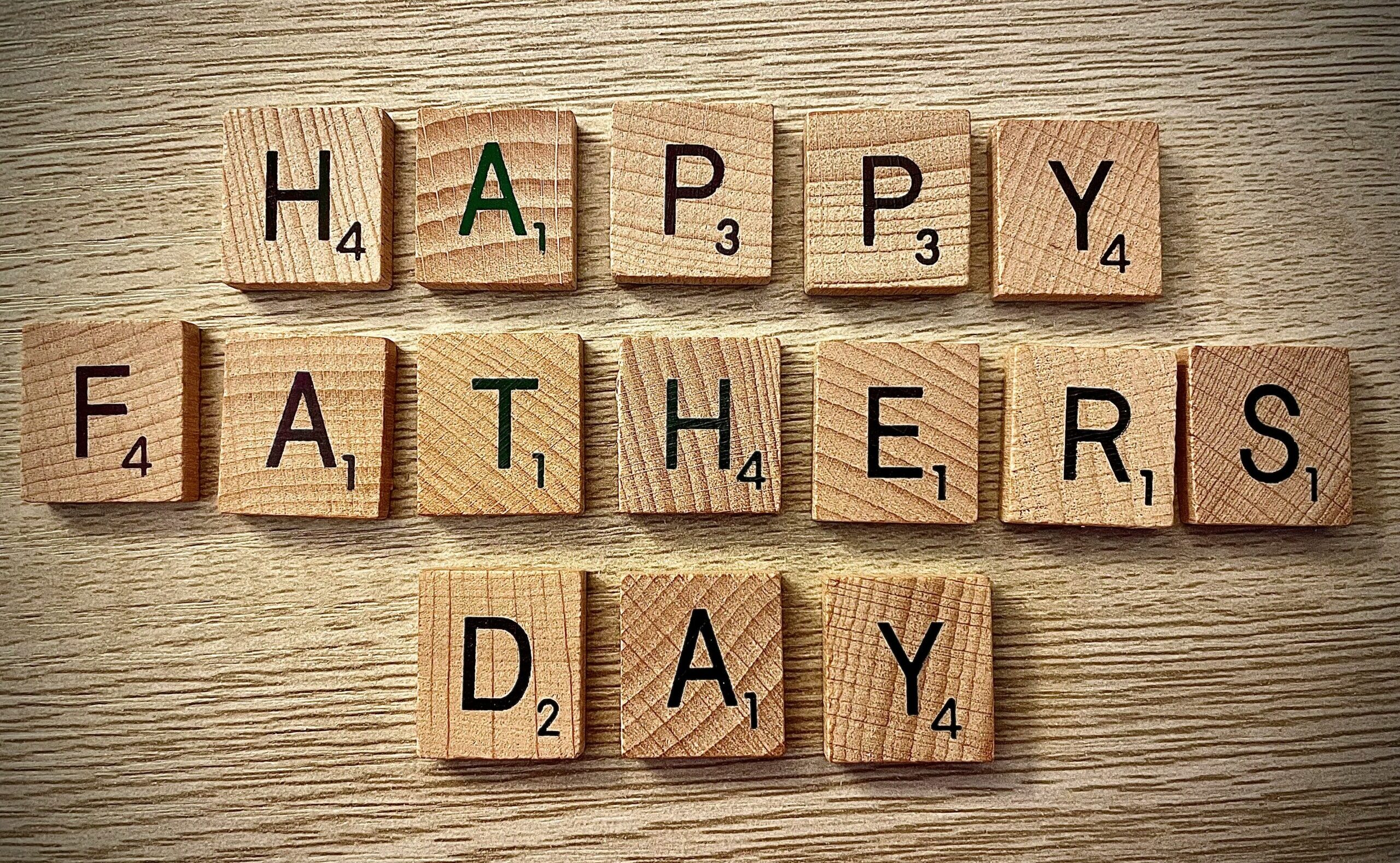Father’s Day, a beloved holiday cherished by many surprising comes from very humble beginnings, following in Mother’s Days footsteps. Stemming from the aftermath of the Civil War, Mother’s Day begun as a tribute to the resilience of mothers, especially those who had lost sons in the conflict. This honorific maternal celebration garnered widespread support, furthered due it to potential for the commercial market, as businesses capitalized on the opportunity to market an array of gifts.
Even though Mother’s Day grew quite quickly, the idea of a Father’s Day did not originally sell well.
Unlike Mother’s Day, which found ample ground for support on sales shelves, Father’s Day struggled to attract similar enthusiasm. The day was simply not marketable in the same way Mother’s Day was. Business struggled to build a market of gifts perfect for the day, so it struggled to get off the ground. That is until change came in the form of Sonora Smart Dodd, a resident of Washington state who was raised by a single father. Inspired by her upbringing, Dodd led a grassroots campaign to establish a day dedicated to honoring male parental figures. Her tireless work ultimately proved successful in 1910 when Washington officially recognized the inaugural Father’s Day on June 19th.
Subsequently, President Woodrow Wilson’s symbolic gesture in 1916, commemorating the day from afar, marked a significant milestone. President Calvin Coolidge’s endorsement further propelled the holiday into the national spotlight, urging states to embrace its observance. However, the idea of amalgamating Mother’s Day and Father’s Day into a unified Parents’ Day gained traction during the 1920s and ’30s.
Advocates in New York City championed this cause, advocating for a collective celebration honoring both parents.
Despite these efforts, the economic downturn of the Great Depression cemented the separate identities of Mother’s Day and Father’s Day. Businesses, in attempts to survive the economic crash, intensified marketing efforts tailored to each gender, establishing associations between Father’s Day and items like neckties, hats, and sporting goods.
The onset of World War II imbued Father’s Day with an additional layer of significance, transforming it into a day of reverence for veterans. However, it was not until 1972, under President Richard Nixon’s presidency, that Father’s Day secured its status as a federal holiday.




